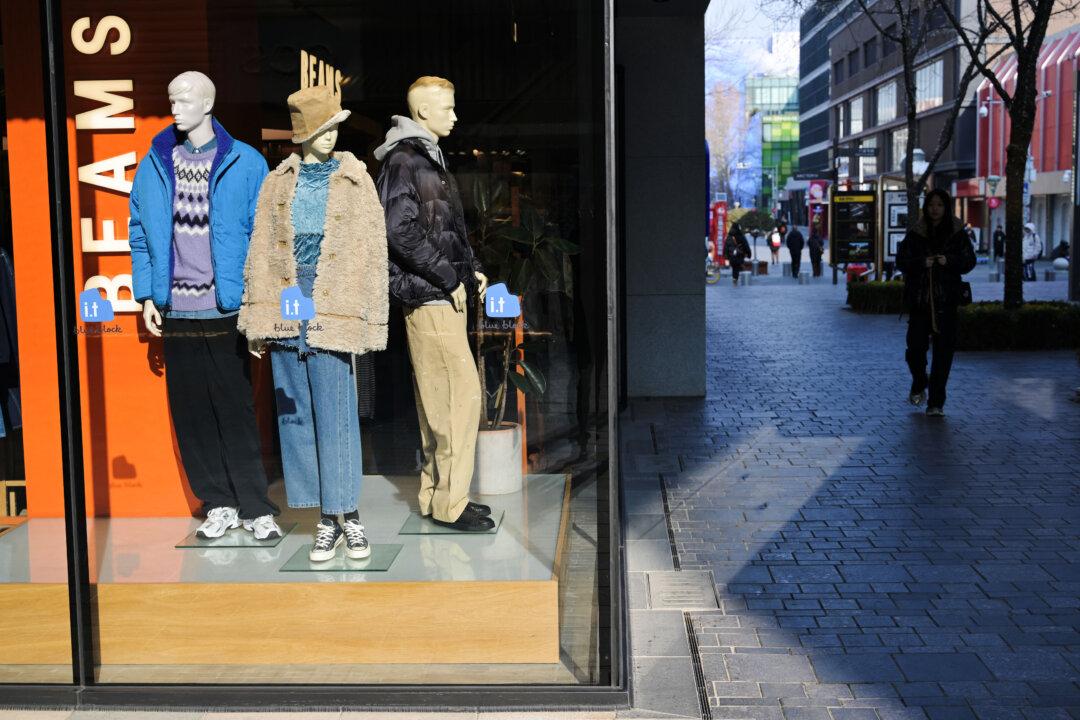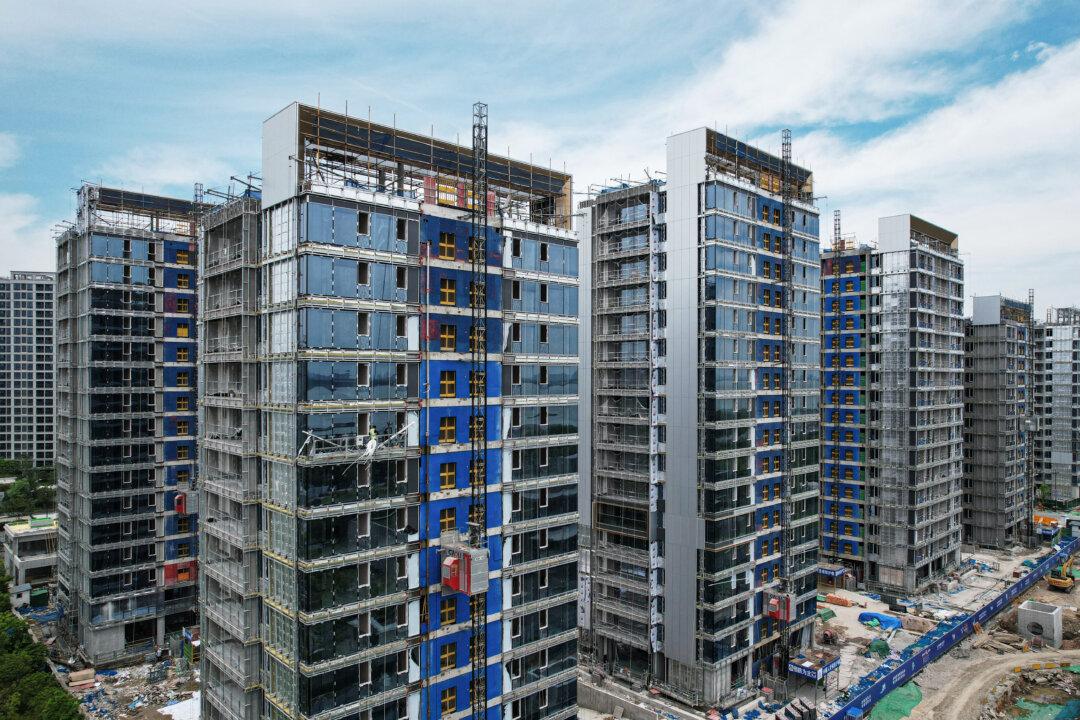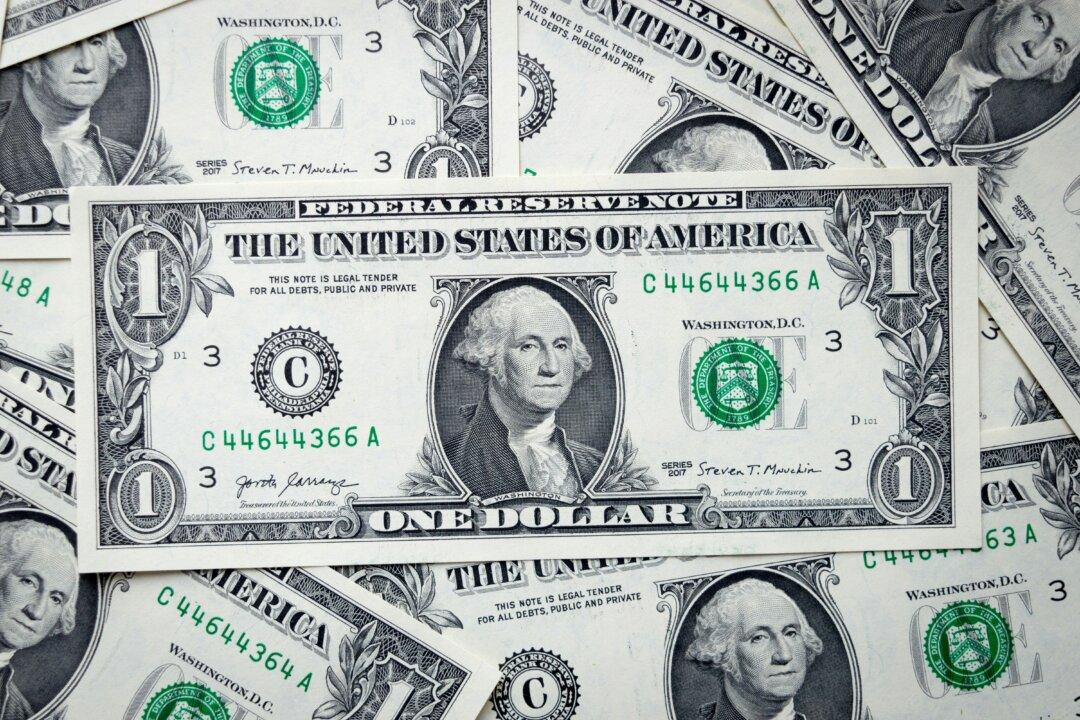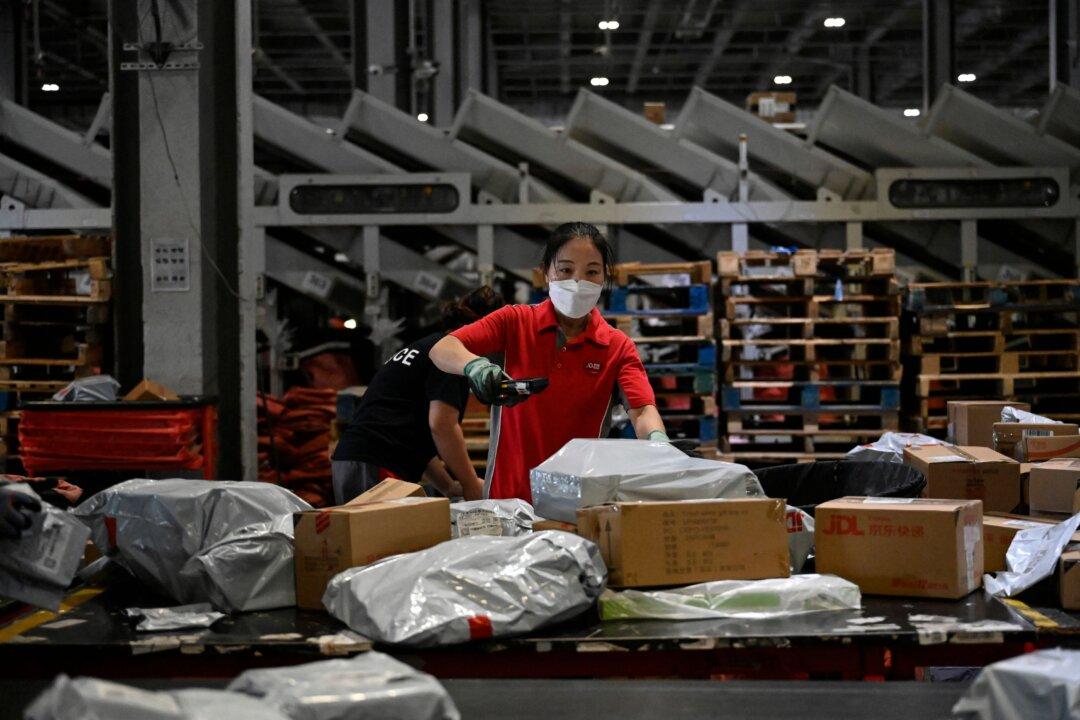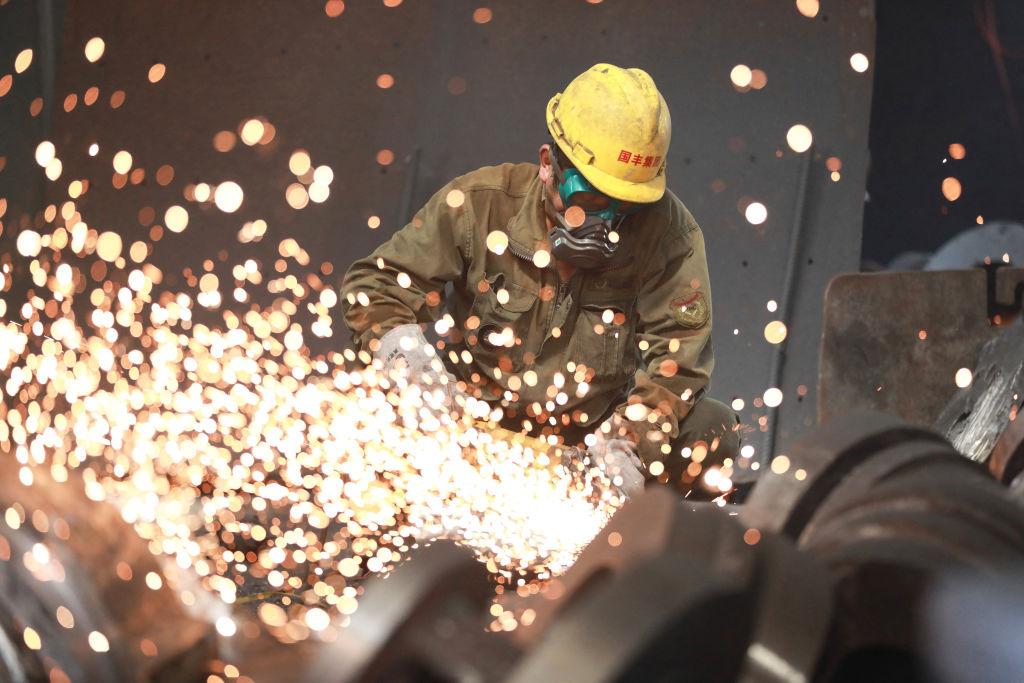News Analysis
Consumer inflation in China fell more than expected in March, and producer price deflation persisted, disappointing analysts and reinforcing the fact that a protracted housing crisis continues to weigh severely on consumer and business confidence.
